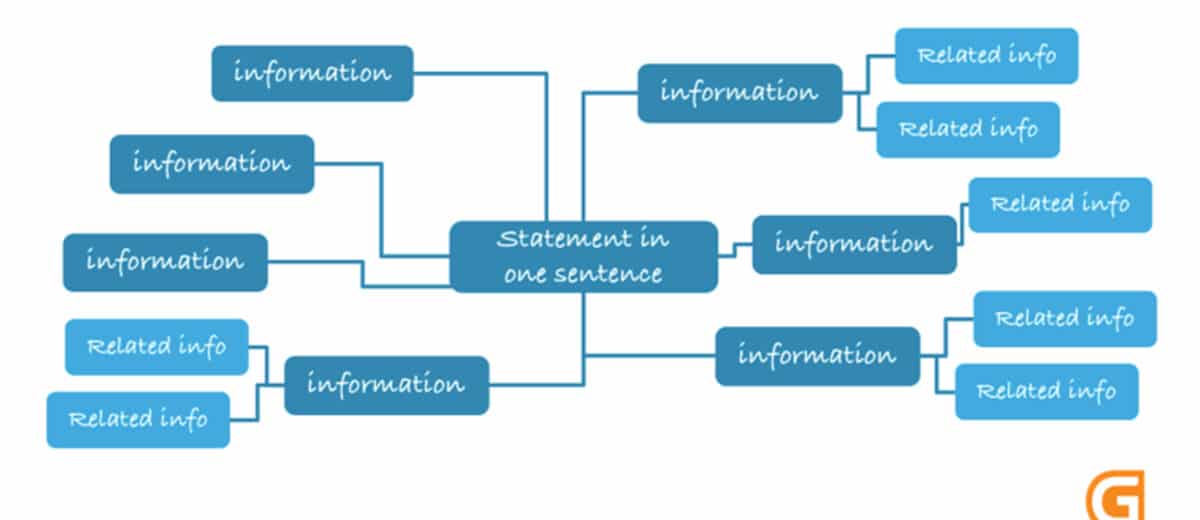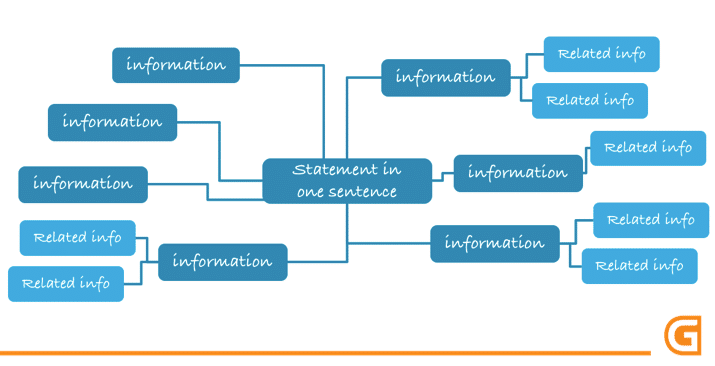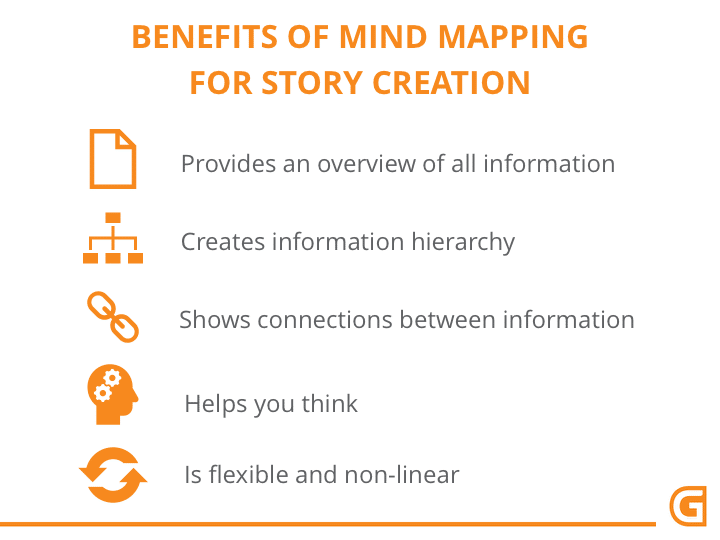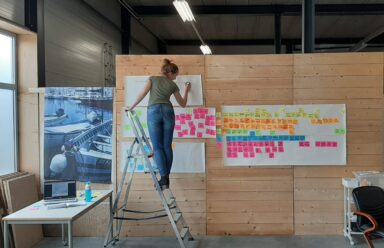
Why you should use a Mind Map for storytelling
Bad stories. We all know them. And I don’t mean the recent horrible stories on the news or the bad break up from a friend. I mean the presentations you encounter at work, the way a colleague shares results from a project or when you are listening to an incomprehensible talk at a conference. Stories are often too long, too short, confusing, lacking a clear beginning and end, without a punch line or told by people who just seem nervous. The troubles can be endless! Luckily, they don’t need to be.
The key to telling a great story is truly knowing what you are saying, knowing why you are saying it, how to deliver it and whom you are sharing it with.
The most important elements to telling a good story are the story goal to attain, playing towards the characteristics of the audience and which story type you use to tell your story (slides, video, podcast). If you choose what to do and tell according to these three aspects, you will always know the right story to tell. In an earlier blog post we shared a little more about that.
It does not sound so complicated, and it really isn’t, but many people skip steps when it comes to telling stories. They might tell the exact same story to their colleagues they want to inform about a project as they might tell their boss who they want to convince to spend more money on that same project. Is that the most effective way to go? Or should you alter your story a little bit to match a changed goal? Asking the question is answering it: of course, you should! And there is a way for you to be able do this without it costing you lots of time.

Create a mind map to prepare for your story
A Mind Map is a non-lineair way of creating a visual overview of information. So before you even open Powerpoint (or any other tool you might use to design the tools that aid your story) start with a blank piece of paper, a clean whiteboard or open mind mapping software.
You start in the middle with the key statement of your story (the subject) in the middle and add all related information in connection to this around it.
Benefits of mind mapping for your story
Mind mapping will help you think and be creative in gathering and making decisions about your story. In your mind map you can create an overview of all the information you might want to include in your story. Everything. Just get it out there in the mind map, write it down, use links, paste pictures: include it all. This will allow you to pick and choose information to use in your story in line with your goals and your audience.
In a mind map you also create hierarchy of information. You explain or add to the information in the main branch with sub branches. It creates layers in the mindmap which can be used to filter necessary information from ‘nice to have’ information to include in your story. You also create connections between information this way and indicate the relation between two different statements.
In your mind map information is not linear and static like it would be if you would start in presentation software or write down a storyline. Using mind mapping software or post-its on a whiteboard you can easily move information around and play with order and relations: without removing any of it or being ‘stuck’ in a sequence yet. When you are creating a presentation, you are probably shuffling information around, copying and pasting slides or text to other places and just generally going back and forth a lot. You would do the same in your mind map but with the added value of always having all the information in the same screen or overview which enables you to constantly see the bigger picture.

Seven tips to create impactful stories using a mind map
Recently I was asked to host a webinar ‘Creating Impactful Stories Using Mind Maps’ for Biggerplate, an online platform and community where you can learn anything you always wanted to know about mind mapping. In this webinar I explain more about this topic and provide seven tips for story creation using mind map so if you want to learn more, I invite you to watch the embedded recording!
This webinar was recorded for the Biggerplate PRO members. Save $10 on Annual PRO membership ($29) using the code GRIDD10 today! To find out more, visit https://www.biggerplate.com/PRO
Keep talking?
If after reading this blog post and watching the video you would like to discuss ideas and talk some more: please contact me! I am always interested to share and exchange thoughts with people on interesting topics. Also, don’t hesitate to contact me if you are interested in receiving our GriDD Effective Story Map or would like to learn more about storytelling in training or coaching.
 Mark Geljon
Mark Geljon 

